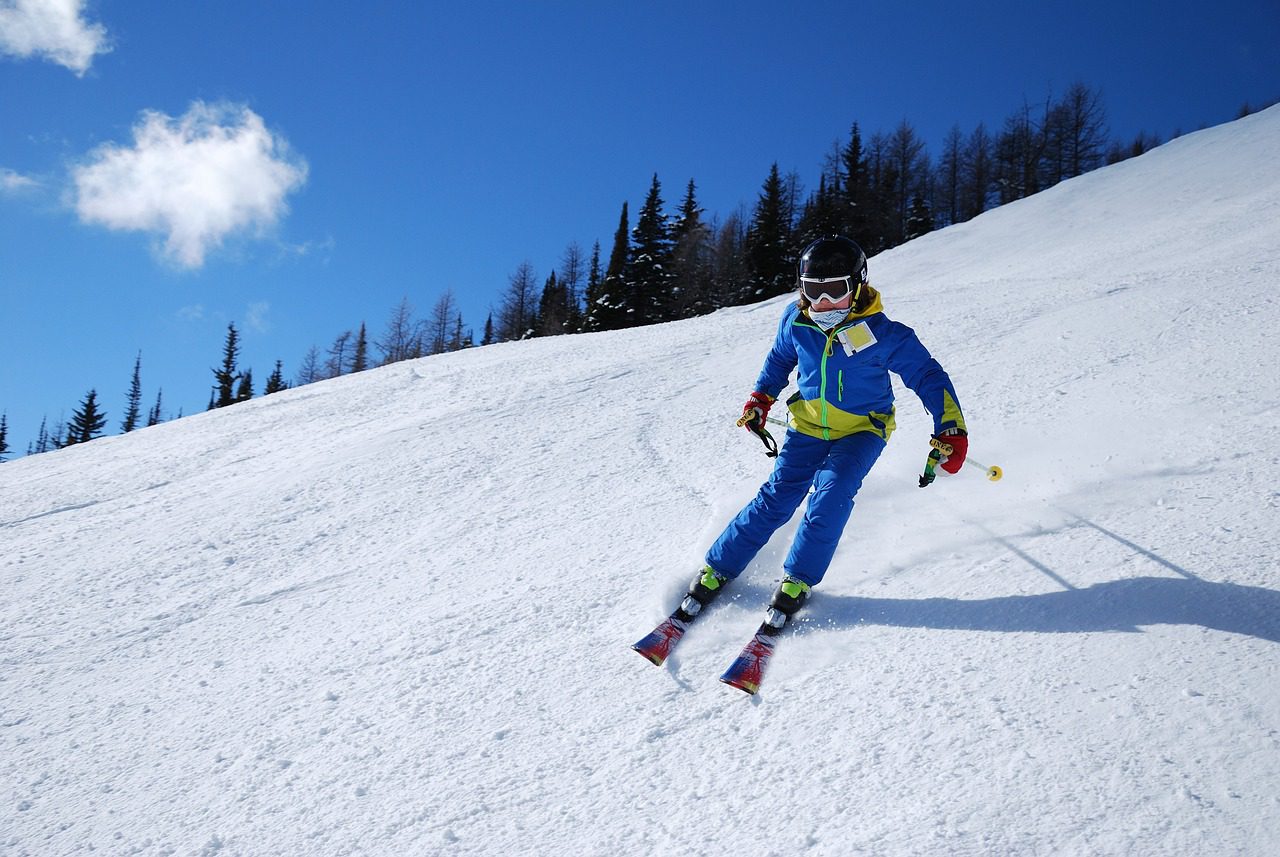- Climate change is adding more days above freezing in winter.
- Over 63% of U.S. cities analyzed saw significant winter warming.
- Western states like Arizona and Colorado face water supply risks.
- Snowpack declines threaten agriculture and recreation industries.
- Lost winter days affect pests, allergies, and critical ecosystems.
December 17, 2024 — Winters are warming across the Northern Hemisphere, and the effects are rippling through water supplies, ecosystems, and even winter sports. According to a Climate Central analysis covering 123 countries, human-caused climate change is making winter days above freezing more frequent, threatening snow cover and the benefits it provides year-round.
covering 123 countries, human-caused climate change is making winter days above freezing more frequent, threatening snow cover and the benefits it provides year-round.
Between 2014 and 2023, at least 44 countries experienced an additional week’s worth of days when minimum temperatures rose above freezing due to global warming. Europe, warming at double the global average, has been particularly hard-hit. Countries like Germany, Poland, and Denmark saw more than two weeks of lost winter chill annually.
However, these warming trends are no longer just a European problem. They’re unfolding across the United States.
U.S. Winters: Warming Faster and Affecting Millions.
The Climate Central report highlights that 28 U.S. states and 63% of analyzed cities saw at least an additional week of above-freezing winter days each year over the past decade. This warming trend is profoundly disrupting regions that rely on cold winters to sustain snowpack.
highlights that 28 U.S. states and 63% of analyzed cities saw at least an additional week of above-freezing winter days each year over the past decade. This warming trend is profoundly disrupting regions that rely on cold winters to sustain snowpack.
For states in the Colorado River Basin, the loss of winter chill means a direct threat to water supplies. Snowpack in the Rockies, which provides critical meltwater for drinking, agriculture, and energy production, is shrinking. Reduced snowfall in states like Colorado and Utah affects downstream states, such as Arizona and California, which depend on that runoff to support growing populations and vast agricultural regions.
The warming winter trend has already begun to impact reservoirs, including Lake Mead and Lake Powell, which are essential to the Southwest. Scientists fear that fewer freezing days will exacerbate water shortages in this historically drought-stricken region.
Winter Sports and Recreation at Risk.
Beyond water supplies, warmer winters are shaking up economies tied to recreation. The report notes that winter sports – worth $12.5 billion globally in 2023 – are suffering as ski resorts battle inconsistent snow and shrinking seasons. For the western United States, resorts in Colorado, Utah, and California are already seeing signs of trouble.
Reduced snowpack also impacts tourism in areas dependent on skiing, snowmobiling, and ice fishing, creating economic ripples through rural and mountain communities.
Impacts on Ecosystems, Agriculture, and Health.
The warming winter trend is equally troubling for ecosystems and agriculture. Warmer winters mean shorter frost seasons, which can disrupt fruit and nut crops that depend on cold periods to thrive. Earlier spring thaws, now more common in New Mexico and Arizona, can expose young crops to unexpected frosts.
is equally troubling for ecosystems and agriculture. Warmer winters mean shorter frost seasons, which can disrupt fruit and nut crops that depend on cold periods to thrive. Earlier spring thaws, now more common in New Mexico and Arizona, can expose young crops to unexpected frosts.
Insect populations, such as ticks and mosquitoes, also benefit from shorter, milder winters, leading to health risks like Lyme disease or West Nile virus. Additionally, allergy seasons are extending as plants bloom earlier and pollinate for longer.
The Future of Winters.
The data from Climate Central paints a clear picture: climate change erodes winter’s defining chill, and its consequences will be increasingly felt across the Colorado River Basin and the globe. Fewer freezing days threaten snowpack, water availability, and the industries and ecosystems that rely on predictable cold weather.
paints a clear picture: climate change erodes winter’s defining chill, and its consequences will be increasingly felt across the Colorado River Basin and the globe. Fewer freezing days threaten snowpack, water availability, and the industries and ecosystems that rely on predictable cold weather.
As winter days warm, the impacts will demand innovative solutions, from water management in the West to economic shifts in tourism and agriculture. For communities that rely on winter for survival, adaptation will be critical.





Leave a Reply